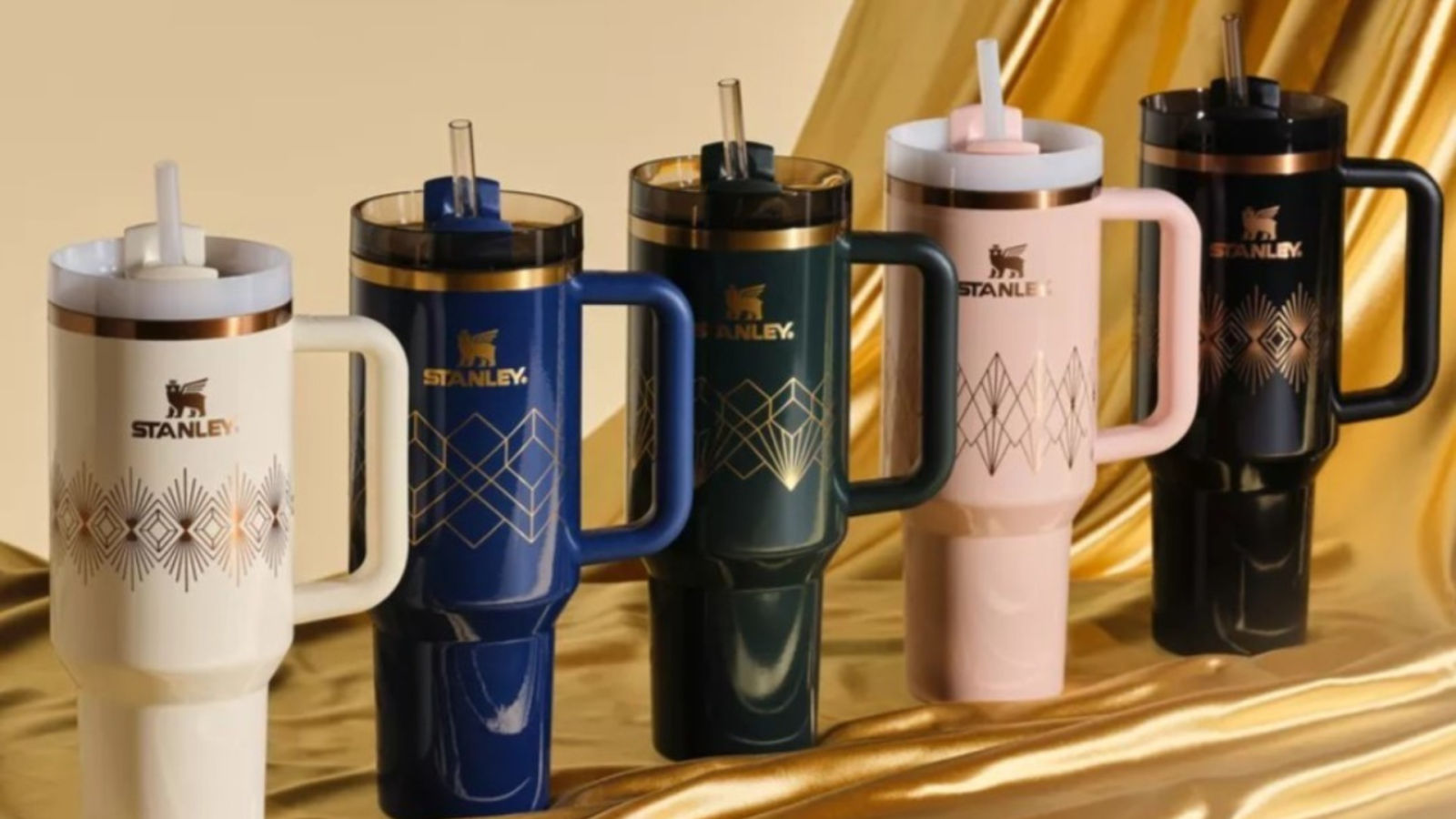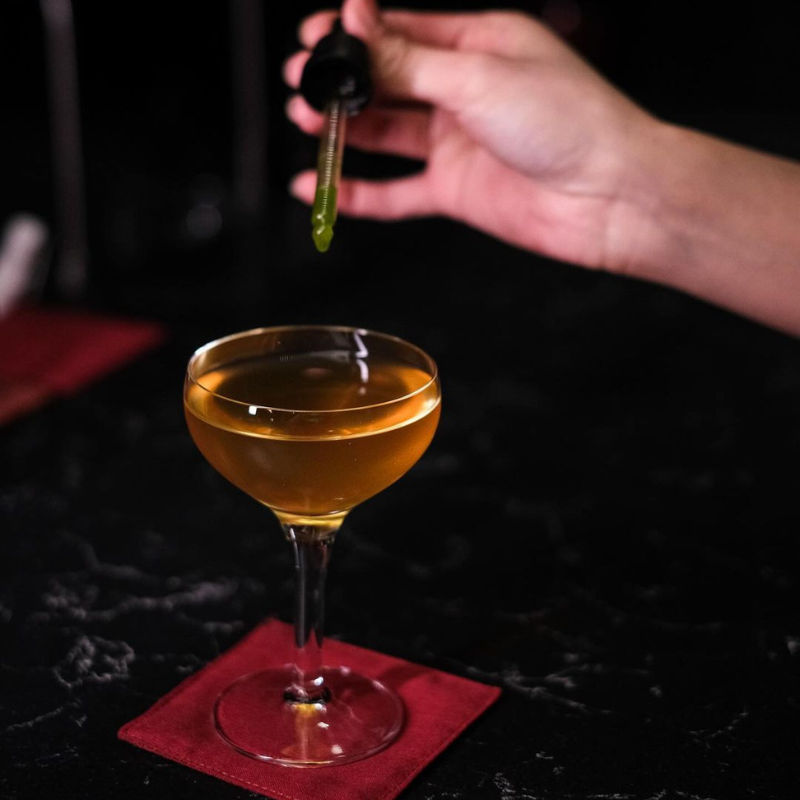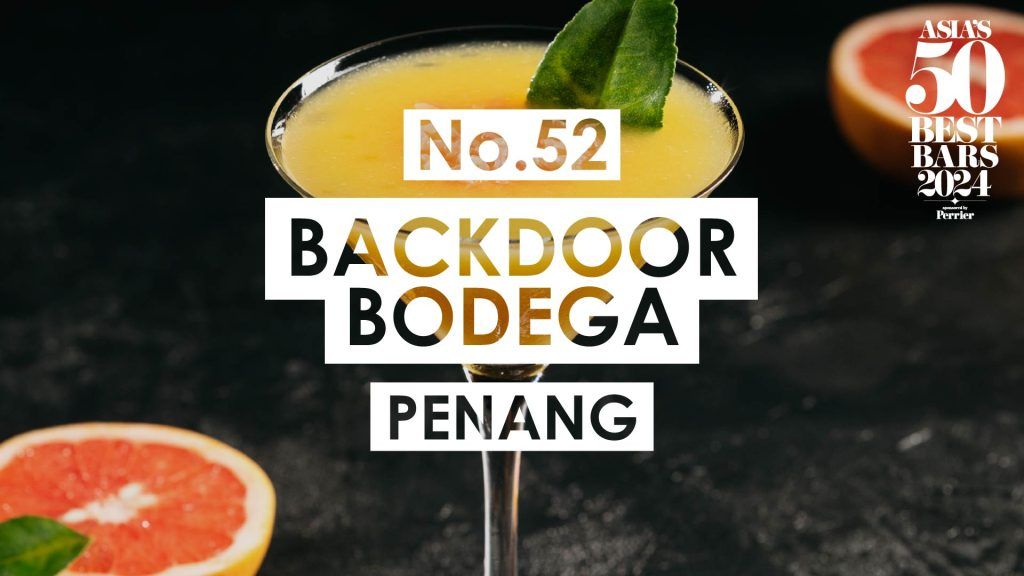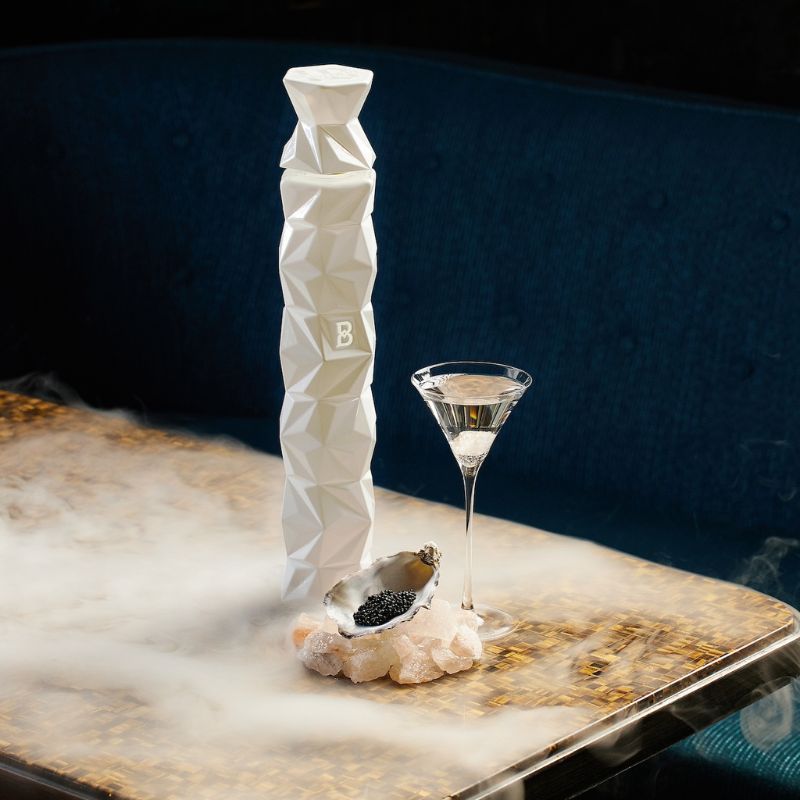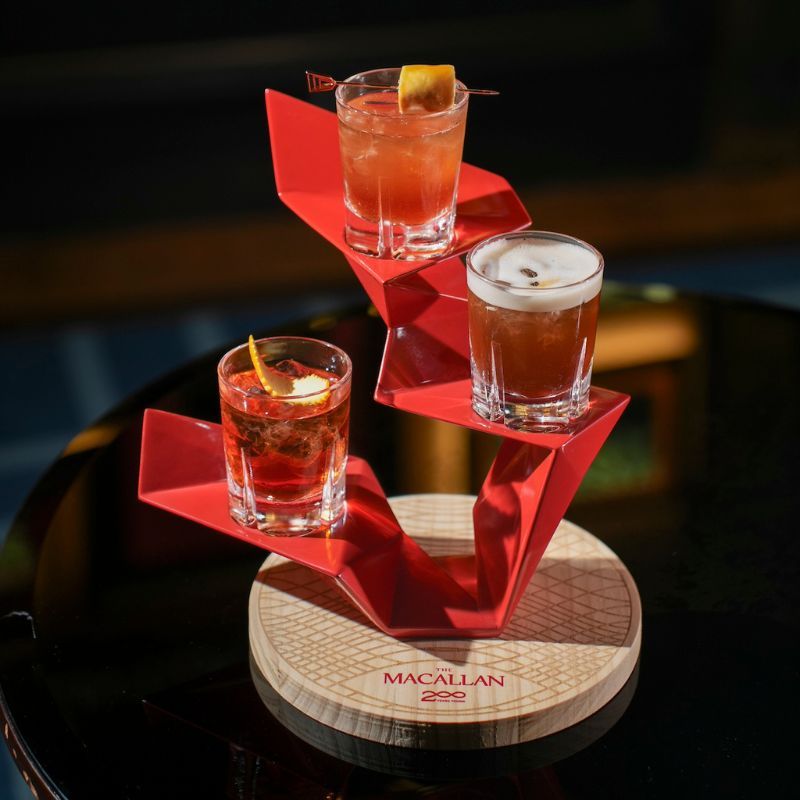There’s probably a reusable tumbler or sippy cup sitting on your desk right now as you read this. But what makes that different from a Stanley cup? And no, we’re not referring to the famed hockey accolade.
If there is one thing that many of us would not have expected to find on our 2024 bingo cards, it’s how reusable tumblers would somehow become the fixation of consumers in North America. Some wait all night outside storefronts, recalling the craze for Apple’s debut iPhone back in 2009, to nab a limited-edition Stanley Quencher.
Others wage bidding wars online, forking out hundreds of dollars on the secondary market for elusive iterations. And across the Internet, new communities dedicated to the collection, trading, and exhibiting of Stanley collections are becoming increasingly prevalent.
For those of us living outside the retail reach of the Stanley company, the obsession for their reusable tumblers and sippy cups may seem foreign (quite literally) at first glance. While it may be common to expect a mad dash for limited-edition sneakers, handbags, or collectible figurines, reusable drinkware pieces that command that degree of fanfare have been almost unheard of until now.
In which case, we have you covered on all you need to know about the Stanley cup craze that has recently taken over social media by storm since last Christmas.
Everything to know about the Stanley cup craze on social media
History of the Stanley brand
To begin with, who are the people behind the Stanley cup? Established in 1913, the Stanley company was founded by its namesake inventor, William Stanley Jr. He was credited for creating the very first all-steel vacuum flask, which came about after he discovered a welding process from his experience working with transformers that could be used to insulate reusable bottles with steel instead of glass.
Intending to take his business commercial, William would go on to acquire a vacant building in 1915, before outfitting it with machinery to mass produce insulated drink containers, such as jugs and desk decanters, that featured his steel welding method. Tragically just a year later, he passed away at the age of just 57 years old.
The Stanley company was then acquired by a New York-based investment firm before appointing mechanical engineer, Harry Badger, as General Manager to help in the research and development of the company’s range of products. Some of their products have even been famously used by soldiers in the trenches of World War II as well as climbers of Mount Everest, making them a truly hardy essential appropriate for all settings and seasons.
But of course, in the modern context, Stanley cups now find themselves occupying a far more genteel reputation as the object of fixation for die-hard collectors.
https://www.tiktok.com/@mia_lovespink/video/7322899176134642986?embed_source=%3Bnull%3Bembed_name&refer=embed&referer_url=www.vox.com%2Fculture%2F24031385%2Fstanley-craze-tumbler-best-water-bottle&referer_video_id=7252740341965557038
The Stanley Quencher cup
Oh, it is important to stress that for the purposes of this discussion on collecting Stanley cups, we are referring to their line of Quencher 1.2 liter tumblers. These were first introduced back in 2016, but were only met with relatively modest sales. In 2019, the range was briefly discontinued but later revived after a successful marketing push by the Utah-based blog Buy Guide led to the sale of 5,000 units, inspiring a new wave of interest in the cup.
In its default guise, the $45 (RM212.13) Stanley Quencher is essentially a vacuum tumbler with a tapered base at the bottom, which makes it easier to slot into most car cup holders. Each comes with a rotating cover that can lock in three positions: a straw opening that comes with its own reusable straw, a drink opening for sipping, and a closed position to prevent spillage. The design is complete with an ergonomic handle for easy carrying.
But otherwise, the Quencher is simply another reusable vacuum flask amid a sea of competing products in the same segment, serving the very same purpose. It begs to question then, why are Stanley Quencher cups just now becoming so popular? After all, derivatives of the same concept exist, such as in the Thermos flask and Hydroflask.
How did a sippy cup go viral?
Well, much of the Stanley Quencher cup’s success can be attributed to two key factors: a very strategic marketing campaign that involved a substantial influencer push, and the rise of WaterTok. For the uninitiated, WaterTok refers to a TikTok community that promotes recipes infusing flavoured, sugar-free, and calorie-free ingredients into plain water.
https://www.tiktok.com/@not.eg/video/7247943685915151659?lang=en
As one can imagine, a large part of that WaterTok lifestyle is driven by chic reusable drink containers, primarily the Stanley Quencher cup. Inevitably, the cup grew to become a status symbol in its own right with its proximity to digital trendsetters, driving the company’s revenue by an eye-popping 927.4%, from $73 million in 2019 to $750 million in 2023.
But credit where it’s due, and the Stanley Quencher cups are truly reflective of their utilitarian roots, even if they are dressed up in a multitude of kitschy colours and patterns to appeal to the contemporary collector.
One prime example occurred in the United States when Tiktok user danimarielettering miraculously discovered how her Stanley Quencher cup had escaped unscathed from a blaze that consumed her car entirely. In fact, upon rattling the vessel, one could still hear ice cubes clinking within, indicating that it had not lost any of its insulating properties despite the severity of the fire, attesting to Stanley’s robust quality.
@danimarielettering Thirsty after you catch on fire? @Stanley 1913 is like no problem i gotchu #fyp #carfire #accident #stanleycup
Rightfully sensing an opportune marketing flashpoint, Stanley President Terence Reilly (who was also the former Chief Marketing Officer at Crocs and has been credited with the plastic footwear’s resurgent popularity), reached out to Danielle not long after her video went viral and offered her a few new Stanley tumblers, in addition to a new car for free. That response video garnered 32 million views on its own, further adding an emotional layer to the tale and bolstering the brand’s credibility among a new segment of female consumers.
https://www.tiktok.com/@vincentmarcus/video/7319992213646101791?lang=en
The mad dash for Stanley Quencher collectibles has inadvertenly created a new point of contention — rampant consumerism, which by default, is the antithesis of what reusable tumblers are meant to represent. Built to last multiple uses and eliminate the need for disposable cups, the premise of owning a Quencher is inherently tethered to the reduction of plastic waste.
Given that fact, does this new fad of collecting multiple Stanley Quencher cups negate the environmental impact of using disposable, single-use plastics, or rather contributes to it? After all, an MIT article indicates that it takes anywhere between 10 and 20 uses on average for a single reusable flask to have any tangible environmental impact.
https://www.tiktok.com/@vincentmarcus/video/7319992213646101791?lang=en
If the frenzy of Stanley’s limited-edition collaboration with Target and Starbucks is any indication, then it is readily evident that the Quencher craze is likely to continue building momentum even in 2024. In a way that few other brands in its segment have been able to accomplish, Stanley has created not just a lifestyle, but an entire subculture dedicated to its products, which have come to represent health, wellness, and a degree of social status.
Will you be next to start a Stanley Quencher collection of your own?
Feature and hero image credit: Stanley
Frequently Asked Questions (FAQ)
1. What is Stanley known for?
– Stanley is known for manufacturing vacuum flasks made of stainless steel.
2. Is Stanley an American brand?
– Yes, Stanley is an American brand founded by William Stanley Jr in 1913.
3. Who is the CEO of Stanley?
– Stanley’s current President is Terence Reilly, former Chief Marketing Officer of Crocs.

